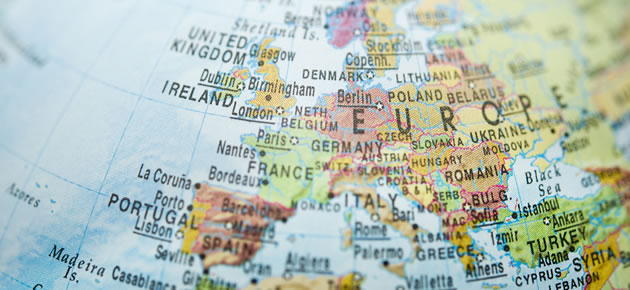Disappointing Australian inflation data caused widespread Australian Dollar losses overnight and the South Pacific asset held declines against the Euro into European trading.
Economists had expected Australia’s annual inflation rate to exceed the Reserve Bank of Australia’s 2 – 3 per cent target in the first quarter.
However, the consumer price index advanced by 2.9 per cent on the year rather than the 3.2 per cent forecast, lessening inflation pressures and adding to the case for the RBA leaving interest rates unaltered for the foreseeable future.
Quarter-on-quarter inflation rose by 0.6 per cent in the first three months of the year, less than the 0.8 per cent estimated.
The report saw the Australian Dollar lose ground against all of its most traded currency counterparts.
Bloomberg News recorded this response from currency strategist Peter Dragicevich; ‘The CPI number undershot most analyst expectations and that’s put the Aussie under some intraday downward pressure. It shouldn’t change the fundamental backdrop for the Aussie and we don’t think this move will extend too much further. Good support will probably be found down toward 92.47 cents.’
As well as sliding against the Euro the Australian Dollar shed 0.9 per cent against both the US Dollar and Yen.
That being said, the Australian Dollar did receive some support as China’s HSBC manufacturing PMI came in at 48.3 in April, still below the 50 mark separating growth from contraction but an improvement on the 48.0 recorded in March.
In the hours ahead additional AUD/USD movement could occur as a result of US Markit manufacturing PMI for April and new home sales figures.
The Euro was also boosted against peers like the Australian Dollar as German services, manufacturing and composite PMI came in above estimated levels.
Manufacturing PMI for the Eurozone’s largest economy came in at 54.2 rather than the 53.8 expected while services PMI advanced from 53.0 to 55.0.
French manufacturing and services data fell short of the mark, but in the Eurozone as a whole both sectors expanded by more than anticipated.
A lack of Australian data means that Euro to AUD movement will be triggered by news from the 18 nation currency bloc over the next few days.
Euro (EUR) Exchange Rates
[table width=”100%” colwidth=”50|50|50|50|50″ colalign=”left|left|left|left|left”]
Currency, ,Currency,Rate ,
Euro, ,US Dollar,1.3801,
,US Dollar,1.3801,
Euro, ,British Pound,0.8215,
,British Pound,0.8215,
Euro, ,Australian Dollar,1.4886,
,Australian Dollar,1.4886,
Euro, ,New Zealand Dollar,1.6075,
,New Zealand Dollar,1.6075,
Euro, ,Canadian Dollar,1.5228,
,Canadian Dollar,1.5228,
[/table]



